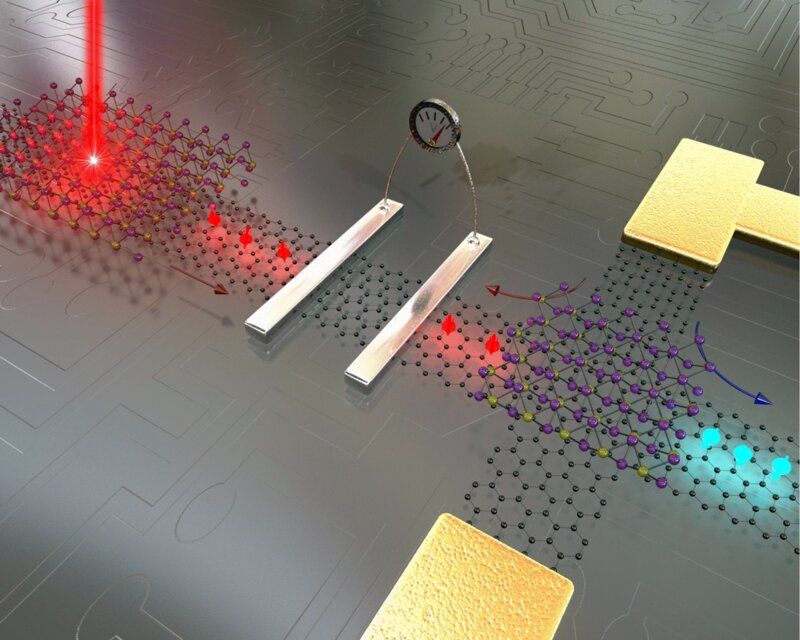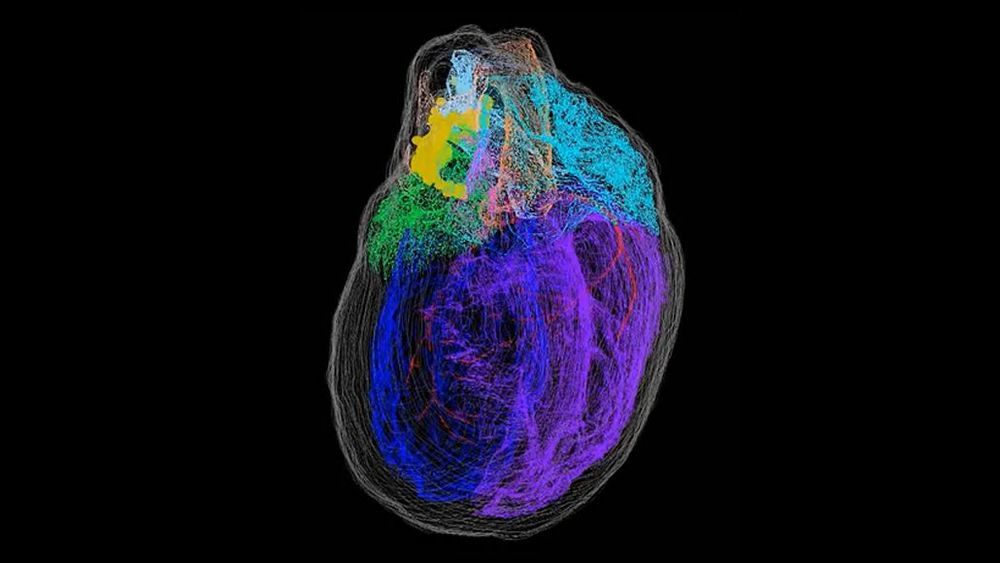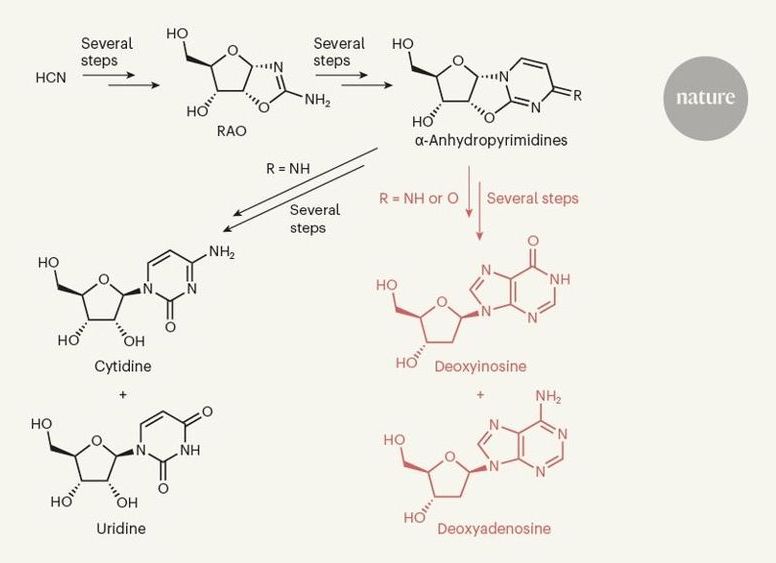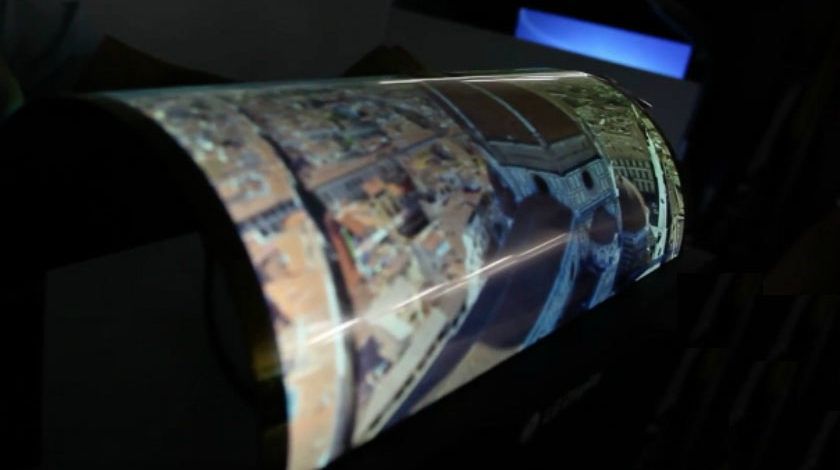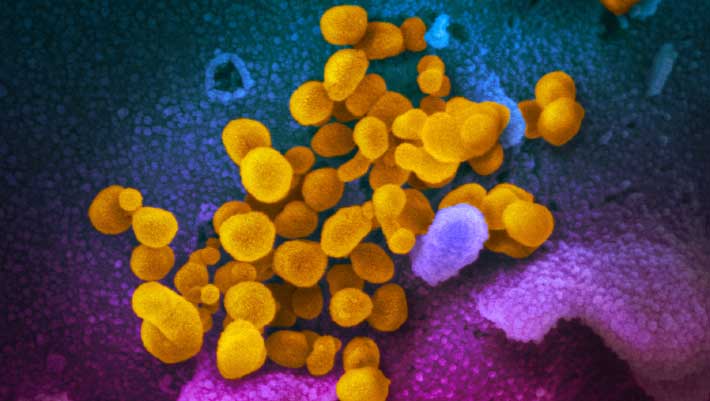I’ve done crazier things than dry out a radio antenna.
Graphene, a two-dimensional honeycomb structure made of carbon atoms with a thickness of only one atom, has numerous outstanding properties. These include enormous mechanical resistance and extraordinary electronic and optical properties. Last year a team led by the Empa researcher Roman Fasel was able to show that it can even be magnetic: they succeeded in synthesizing a molecule in the shape of a bowtie, which has special magnetic properties.
Now, researchers report another breakthrough. Theoretical work from 2007 predicted that graphene could exhibit magnetic behaviour if it were cut into tiny triangles. Over the last three years, several teams, including the Empa team, have succeeded in producing the so-called triangulenes, consisting of only a few dozen carbon atoms, by chemical synthesis under ultra-high vacuum.
Neural networks have been taught to quickly read the surfaces of proteins — molecules critical to many biological processes. The advance is already being used to create defenses for the virus responsible for COVID-19.
A team of researchers based in Manchester, the Netherlands, Singapore, Spain, Switzerland and the U.S. has published a new review on a field of computer device development known as spintronics, which could see graphene used as building block for next-generation electronics.
Recent theoretical and experimental advances and phenomena in studies of electronic spin transport in graphene and related two-dimensional (2-D) materials have emerged as a fascinating area of research and development.
Spintronics is the combination of electronics and magnetism, at the nanoscale and could lead to next generation high-speed electronics. Spintronic devices are a viable alternative for nanoelectronics beyond Moore’s law, offering higher energy efficiency and lower dissipation as compared to conventional electronics, which relies on charge currents. In principle we could have phones and tablets operating with spin-based transistors and memories.
A Greek mathematician has found the answer to a mind boggling maths problem that has remained unanswered for 78 years – until now.
Associate Professor of Mathematics Dimitris Koukoulopoulos together with Oxford University research professor James Maynard, has solved the Duffin and Schaeffer Conjecture.
First expressed in 1941 by mathematicians R J Duffin and A C Schaeffer, the last time a mathematician showed promise in solving the problem was in 1990. But it wouldn’t be until 29 years later that it would be fully proven by Koukoulopoulos and Maynard – two relatively young mathematicians, both aged in their 30’s.
Microscopy and genetic studies yield a comprehensive map of the nerve cells found in the heart of a rat.
Understanding the prebiotic origins of the nucleic acids is a long-standing challenge. The latest experiments support the idea that the first nucleic acid encoded information using a mixed ‘alphabet’ of RNA and DNA subunits. RNA and DNA nucleosides might have emerged together on prebiotic Earth.
Circa 2016
The product is said to have the flexibility and durability of an OLED display, and can be applied to fabrics.
In a paper published in the journal Thorax, a team of Australia researchers described the first instance of complete COVID-19 testing of all passengers and crew on an isolated cruise ship during the current pandemic: of the 217 passengers and crew on board, 128 tested positive for COVID-19 on reverse transcription-PCR; of the COVID-19-positive patients, only 24 (19%) were symptomatic.
The first stage of the Falcon 9 rocket that launched SpaceX’s Demo-2 mission arrived in Port Canaveral, Florida, on Tuesday (June 2).



